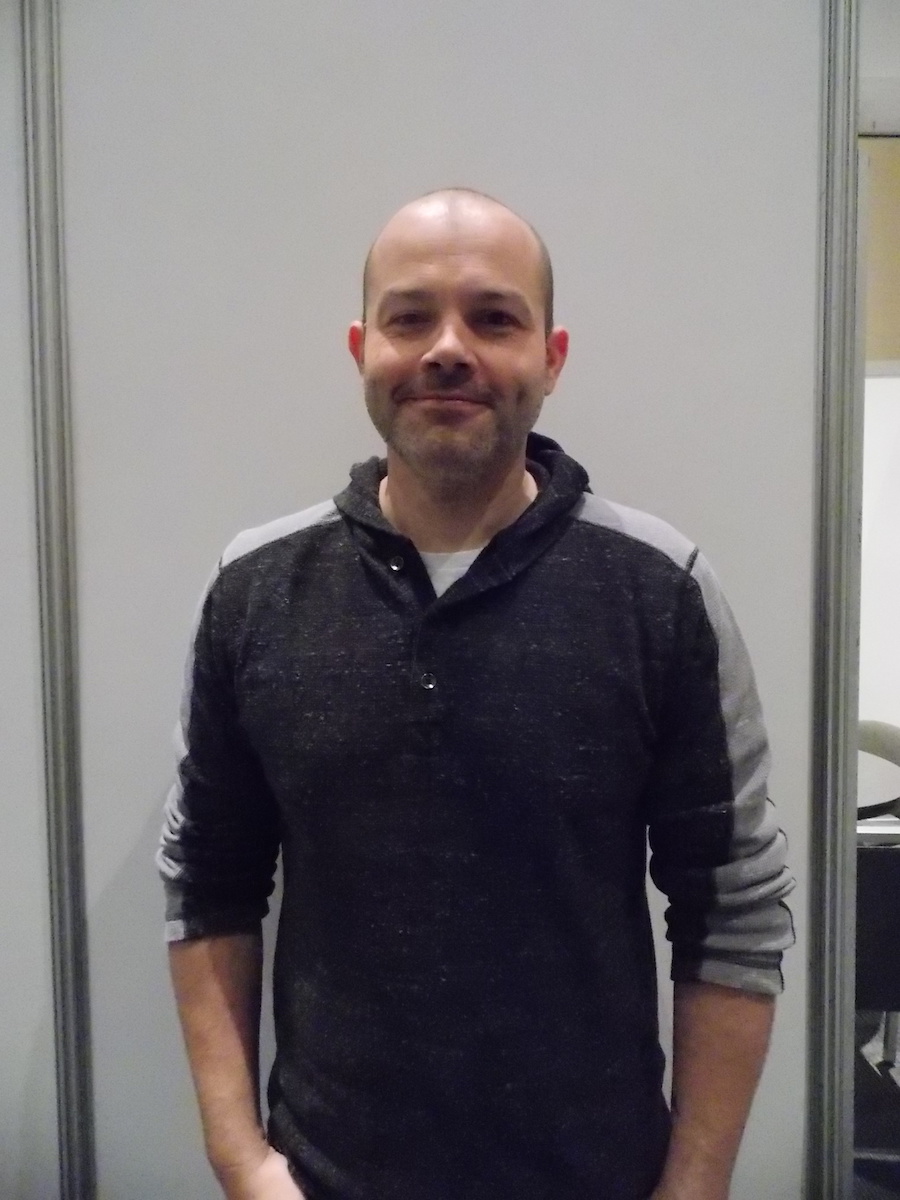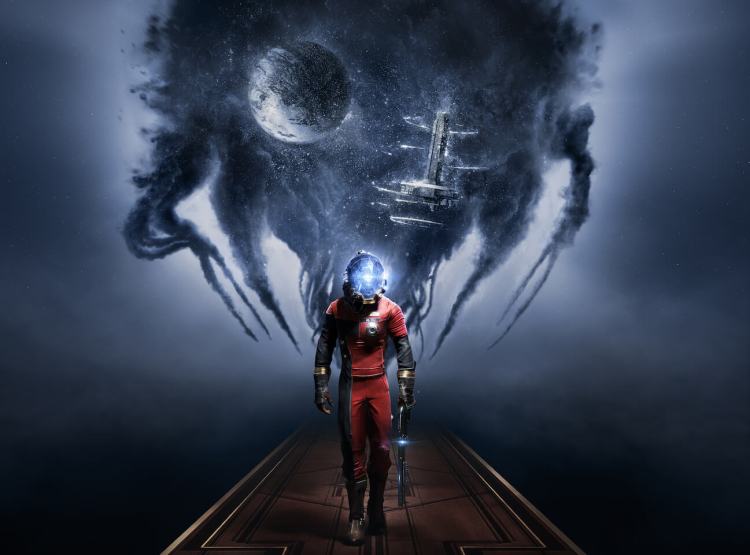An alien-infested space station isn’t the best place to question your life’s purpose. As Morgan Yu learns in Prey, the existential struggle is just as real as the deadly creatures lurking in the shadows.
Arkane Studios faced similar questions about identity (but with much less bloodshed) while making its sci-fi thriller. Out now on PlayStation 4, Xbox One, and PC, Prey is an action role-playing game where you have to fight an alien species known as the Typhon. It’s a premise we often see in pop culture, let alone in games. What makes Prey stand out is the story behind its development, where an unproven team resurrected a dormant franchise in a genre that’s difficult to master.
Arkane’s game is a reboot of the original Prey, a story-driven first-person shooter that Human Head Studios released in 2006. That company was working on a promising sequel until publisher Bethesda Softworks killed the project in 2014. Then after years of rumors, Prey resurfaced at last year’s Electronic Entertainment Expo tradeshow, where Bethesda unveiled a much different take on the franchise.
But aside from the name, Arkane’s game doesn’t share anything with Human Head’s sci-fi universe. According to lead designer Ricardo Bare, the core idea for Prey had been percolating at the studio ever since they finished the last of Dishonored’s add-on content in 2013.
June 5th: The AI Audit in NYC
Join us next week in NYC to engage with top executive leaders, delving into strategies for auditing AI models to ensure fairness, optimal performance, and ethical compliance across diverse organizations. Secure your attendance for this exclusive invite-only event.
“Even before we had the name, we wanted to make a game like this: a game that takes place on a space station with aliens that has our signature Arkane-style game mechanics,” Bare said in an interview with GamesBeat. “The opportunity to use the name came afterwards.
“In fact, Arkane has made a game like this before. The first game that Arkane made was called Arx Fatalis, and it was structurally very similar to [2017] Prey. It was a fantasy game that took place underground in a dungeon. So we call the space station our ‘space dungeon’ now.”

Above: Arkane’s first game was Arx Fatalis.
The rise of Arkane Austin
Founded in 1999, Arkane consists of two teams: one group is in the headquarters in Lyon, France, and the other is in Austin, Texas. Bare, a veteran designer who previously worked at Ion Storm (Deus Ex) and Midway Games (Blacksite: Area 51), joined the U.S. branch in 2009. At the time, it only had a handful of people, including creative director Harvey Smith and Arkane founder Raphael Colantonio. It soon grew to around 20 employees.
But the majority of the company (more than 60 people) were in France. Both sides worked together on several games, with the developers frequently traveling back and forth between the two offices.
After Dishonored’s release in 2012, Arkane decided to split the team so it could work on multiple games at the same time. Lyon took charge of Dishonored 2, swelling in size to accommodate the sequel’s bigger ambitions and the arrival of the PS4 and Xbox One consoles. Austin underwent a similar transformation as it began working on the project that would later become Prey.

Above: Prey lead designer Ricardo Bare at GDC 2017.
“On the Austin side, we started to incubate this new IP [intellectual property], this new game, as well as expand the team massively,” said Bare. “We switched consoles, we got a new game engine, a new IP, and a brand new team all in the same dev cycle, which is kind of ridiculous.”
Though the Lyon team helped out from time to time, Prey was very much Austin’s baby. The U.S. team grew to 70 people over the course of development, many of whom were new to the company. While this hasn’t created any rivalries between the studios — Bare said they’re incredibly supportive of each other — it did add some pressure for the newcomers, who felt like they had to prove themselves to the folks in Lyon.
“They wanted to impress their Lyon colleagues by doing a really good job. … They wanted to show that they can make a compelling and beautiful world as Dunwall from Dishonored,” Bare said. “I think they did.”
A believable sci-fi world
Prey’s Morgan Yu is a scientist who is also the main test subject of a mysterious experiment. When the Typhon break loose, it’s up to Morgan to stop them — but the character isn’t your typical space marine badass. One big difference is that Yu is Asian, a rarity among gun-toting heroes in big game releases.
Arkane Austin turned to a lot of science fiction for inspiration. The team studied Solaris, Moon, and other films that explore what it’s like to be alone in space. Bare also read old stories from sci-fi author Robert Heinlein, such as “The Moon is a Harsh Mistress.”
“Me and some people on the team also just did a lot of actual scientific reading. Even though the game gets wild … we tried to at least start it at a place that was very grounded,” said Bare.
“So we did a lot of reading about neuroscience — learned a lot about the brain [laughs], which was super fun — a lot about the space technology industry. It’s really cool that we live in an age where this private space industry is happening.”

Above: The Talos I lobby.
Prey’s version of 2035 imagines what someone like SpaceX founder Elon Musk would’ve done had he started his ambitions earlier in history. In this alternate timeline, the Cold War space race led to the discovery of the Typhon and the construction of a large space station to contain it. Later, a powerful company called the TranStar Corporation takes over and transforms the vessel into the skyscraper-sized Talos I.
Another example of Prey’s grounded roots is the Neuromod, a tool that you use to learn the Typhon’s powers and enhance your human abilities (such as hacking computers or repairing equipment) by altering the chemistry of your brain. It’s loosely based on real-world experiments where scientists can manipulate neurons by making them sensitive to light.
But instead of lasers, Prey’s device uses needles. Big ones. To unlock the upgrades, you have to stick the Neuromod’s needles into your eyeball.

